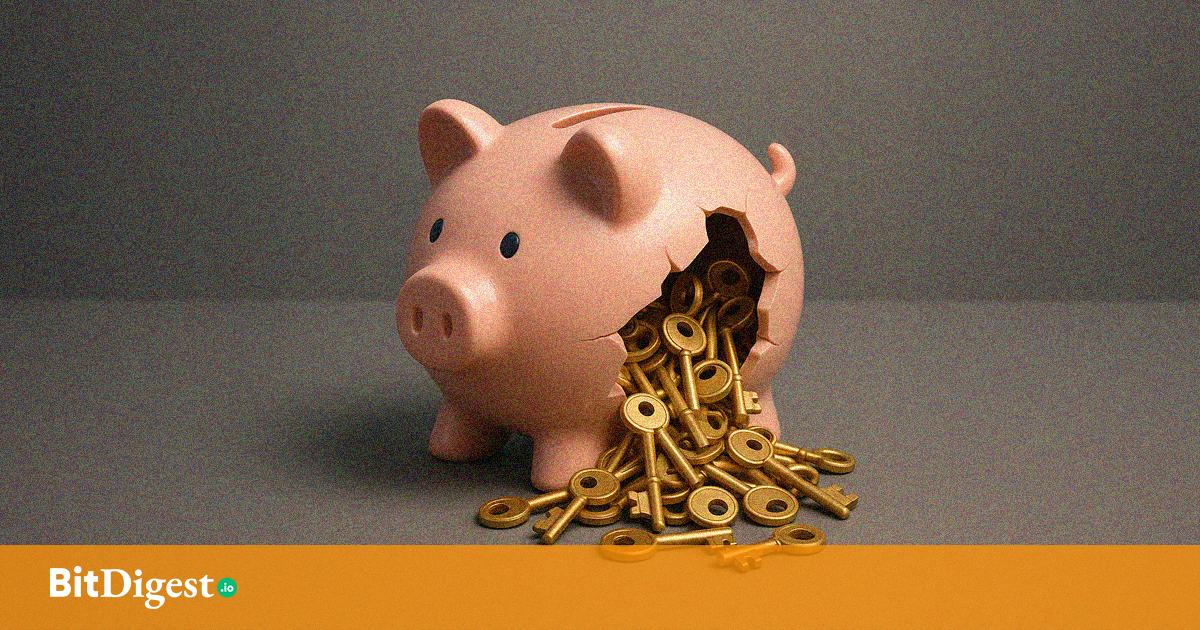From Piggy Banks to Private Keys: What Crypto Reveals About Every Generation
One generation stashes cash under the bed. Another stores Bitcoin in a mobile app protected by face recognition. Some say crypto is a scam. Others call it the future. Across Filipino households today, the conversation around cryptocurrency isn’t just about money—it’s about mindset.
Crypto doesn’t just divide people by risk appetite or financial literacy. It quietly reveals something deeper: how each generation defines value, trust, and freedom. From Boomers who survived double-digit inflation to Gen Z who never opened a bank passbook, our financial instincts are shaped by the times we lived in. That’s why the question of whether to invest in Bitcoin isn’t universal—it’s generational.
So what does crypto look like to a Boomer, a Gen Xer, a Millennial, and a Gen Z Filipino?
Boomers: “If I Can’t Hold It, I Don’t Trust It”
Born between 1946 and 1964, Boomers grew up in the aftermath of World War II, during a time when saving meant putting coins in alkansyas and keeping envelopes of cash in cabinets.
Their relationship with money is tangible. Many still prefer cash over cards, physical land titles over online portfolios, and gold over digital assets. Having lived through periods of economic and political instability—particularly during the Marcos regime—Boomers learned to distrust systems they couldn’t see or control.
For this generation, crypto is difficult to trust not because it’s new, but because it’s invisible. The concept of a currency that isn't issued by a central bank, can't be physically held, and exists in a "blockchain" makes it inherently suspicious. To many Boomers, if money isn’t on their hand, and printed with a seal, it's simply not real; and with every headline about scams and rug pulls, their skepticism only deepens.
Gen X: Curious, Cautious, and Waiting for Regulation
Filipinos born between 1965 and 1980 sit at a unique crossroads. Many in this group are now managing family finances, sending kids to school, or serving as household breadwinners, especially OFWs and business owners.
They’ve seen the rise of ATMs, credit cards, and e-wallets. Some have dabbled in crypto via apps like PDAX or Coins.ph, or tried buying Bitcoin through GCash or Maya. But while they're digitally literate, they often hesitate to commit.
The fear of losing money, especially after seeing peers scammed or hearing news about volatile markets and suspicious crypto fund managers runs deep. Still, they’re intrigued—many Gen X’ers have started allocating small amounts to crypto, not to flip coins, but to hedge against the weakening peso and the low returns of traditional bank savings. For Gen X, crypto is cautiously respected, but they’re waiting for clearer rules and better tools before making a bigger leap.
Millennials: The First True Crypto Converts
Millennials (born between 1981 and 1996) came of age during the 2008 global financial crisis—a quite decisive moment that shook faith in banks and governments. This made them more open to alternative systems. They were the first Filipinos to open wallets on Coins.ph and Binance. They were early to mine and buy Ethereum, dabble in NFTs, and explore DeFi platforms. They’ve experienced both the euphoria of bull runs and the pain of market crashes. For many Millennials, crypto isn’t hype, it’s a protest. A way to break from low-yield savings, remittance fees, and bureaucratic barriers. It’s not surprising that this group tends to view Bitcoin as “digital gold”—a long-term store of value in a system they feel increasingly alienated from.
Still, the journey hasn’t been smooth. Many Millennials lost money during 2022’s crypto winter and are now more cautious, often sticking to dollar-cost averaging (DCA) strategies and self-custody wallets. They still believe in crypto’s potential, but they’ve learned to approach it with tempered optimism.
Gen Z: Crypto Is Default, Not Disruption
For Filipinos born after 1997, crypto isn’t a revolution—it’s just the internet’s money. This is the TikTok finance generation. The play-to-earn explorers. The Discord DAO joiners. They’re not asking if crypto is real, but asking what they can do with it; and how to do it.
Many Gen Z Filipinos have owned an NFT before opening a bank account. They've experimented with Solana-based games, meme coins, and Telegram bots. Some have even earned BTC through Lightning payments or created art on Web3 platforms.
This generation is fast, fearless, and often financially creative. But with that comes a challenge of high exposure to misinformation. From crypto influencers, unregulated signals, and hype coins can distort the line between innovation and speculation. Still, Gen Z is building the future of crypto in the Philippines: launching micro-projects, creating content, and helping parents or peers onboard into digital assets. To them, crypto is a playground. But increasingly, it’s becoming a platform for purpose.
What Crypto Reveals About Financial Values
When viewed side by side, generational differences in crypto adoption are less about age and more about financial DNA.
- Boomers want stability
- Gen X wants clarity
- Millennials want change
- Gen Z wants control
Crypto, then, becomes a mirror. Not everyone sees the same thing in it, but everyone is seeing something they’ve either lost, never had, or are trying to build. Whether it's a worn leather wallet, a GCash QR code, or a cold wallet on a USB stick, every generation is just trying to preserve value in the best way they know how.
Crypto doesn’t unite us, but it gets us talking. And maybe, that conversation is what bridges the gap. Because beneath the generational differences is a common desire: to feel financially secure in a system we can trust. And maybe—just maybe—Bitcoin, for all its flaws, is a step toward building that system together.
.svg)


.svg) SHARE TO FACEBOOK
SHARE TO FACEBOOK SHARE TO TWITTER/X
SHARE TO TWITTER/X SHARE TO LINKEDIN
SHARE TO LINKEDIN SEND TO MAIL
SEND TO MAIL





.svg)


.svg)